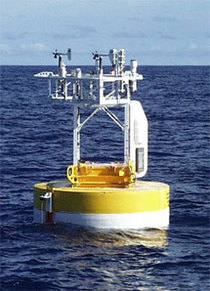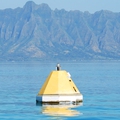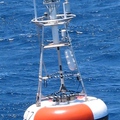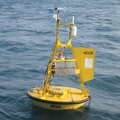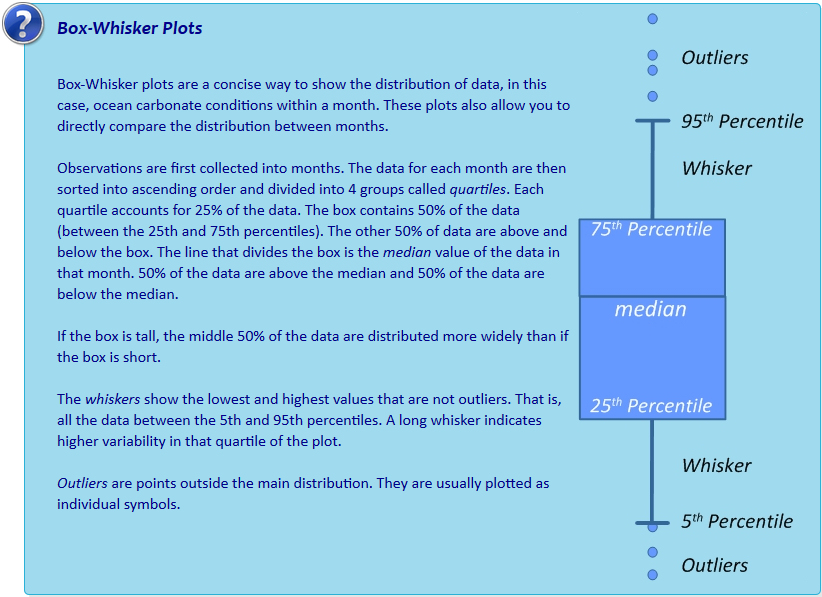Stratus
Stratus Mooring (19.6°S, 85°.4W)
As part of the Eastern Pacific Investigation of Climate (EPIC) program, WHOI's Upper Ocean Processes Group (UOP) deployed this mooring to study the Long-Term Evolution and Coupling of the Boundary layers in the Stratus Deck regions of the eastern tropical Pacific. The goal of the Stratus project is to observe and understand air-sea interactions and the surface forcing in the region of the cold tongue/intertropical convergence zone (ITCZ). The data collected will improve our understanding of the air-sea fluxes and sea-surface temperatures in the Eastern Tropical Pacific. This work is supported by NOAA's Ocean Observing and Monitoring Program and Ocean Acidification Program.
On May 16, 2012, a surface seawater pH sensor was added to the Stratus Mooring mooring. By measuring pH in addition to pCO2, we are able to more accurately and precisely study the changes associated with ocean acidification. All seawater pH observations are shown in the second figure below.
The Stratus mooring is an OceanSITES Ocean Reference Station, and is World Meteorological Organization station number 38400.
For more information about the mooring and meteorological sensors please visit the WHOI UOP Stratus page .
Finalized Data: National Centers for Environmental Information NCEI.
Plots of surface water and atmospheric CO2 and surface water pH:
Monthly climatology of surface seawater aragonite saturation state (Ω) and pH:
Interactive box plots below are observations binned by month as described in Sutton et al., 2016. Pie charts represent % of observations within each month that fall below the adjustable line. This adjustable line is meant to provide a tool for assessing potential biological thresholds. For example, setting the line to Ωaragonite of ~2.0 would assess monthly exposure of Pacific oyster larvae to sub-lethal chronic effects in regions where these larvae occur naturally or in hatcheries (see studies here and here).

